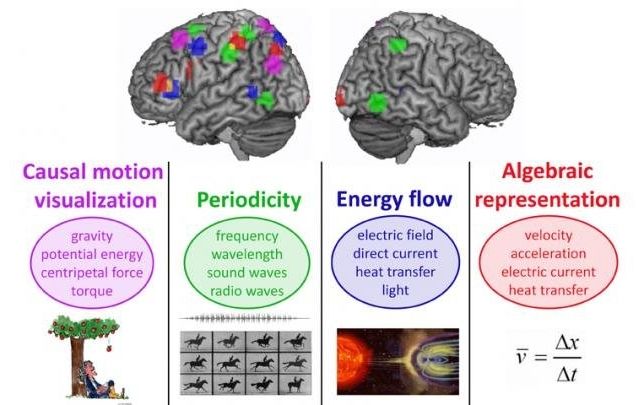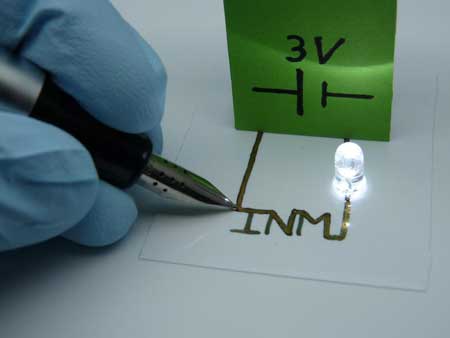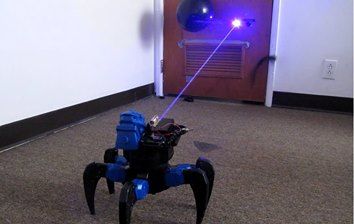Apr 12, 2016
Jeff Bezos wants to open the way for millions to live, work in space
Posted by Sean Brazell in categories: asteroid/comet impacts, existential risks
COLORADO SPRINGS — Jeff Bezos, founder of Amazon.com, could not be more clear about what he believes is mankind’s future.
“I want millions of people living and working in space. I want us to be a space-faring civilization,” Bezos told a packed audience at the Space Symposium on Tuesday in Colorado Springs.
“My motivation is, I don’t want Plan B to be, ‘Good news, Earth got destroyed by a big comet but we live on Mars.’ I think we need to explore and utilize space in order to save the Earth,” he said, referring to the need to shift industrial manufacturing to space to limit the impact on Earth’s resources.
Continue reading “Jeff Bezos wants to open the way for millions to live, work in space” »
















